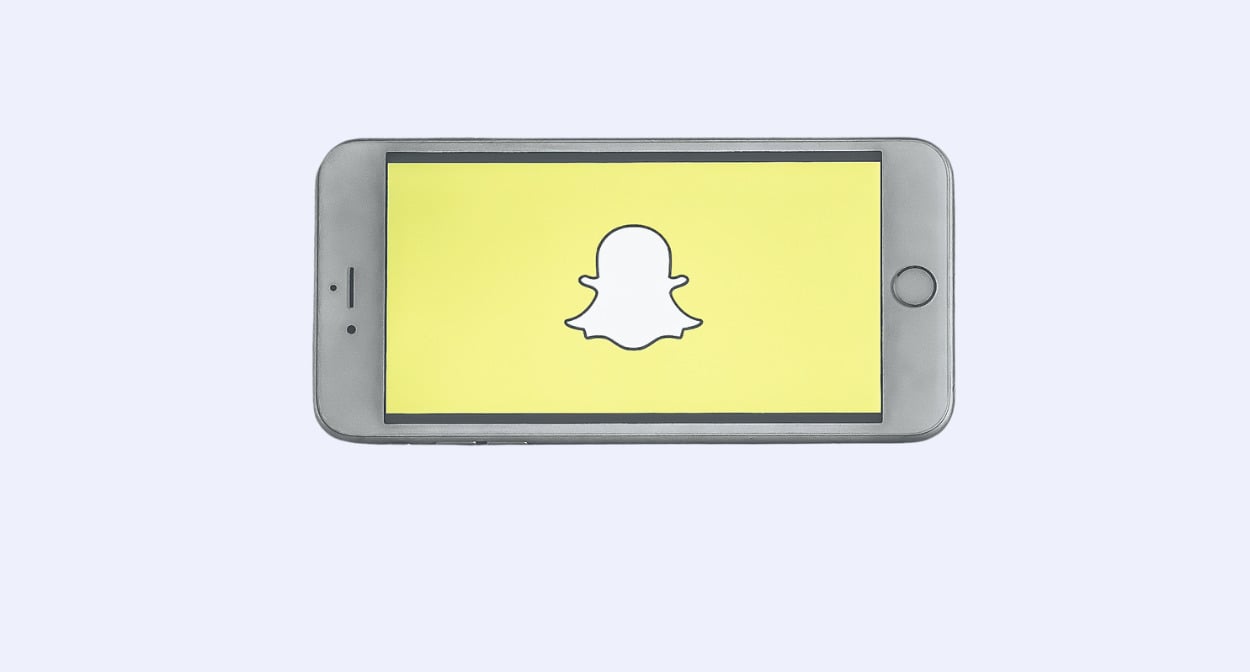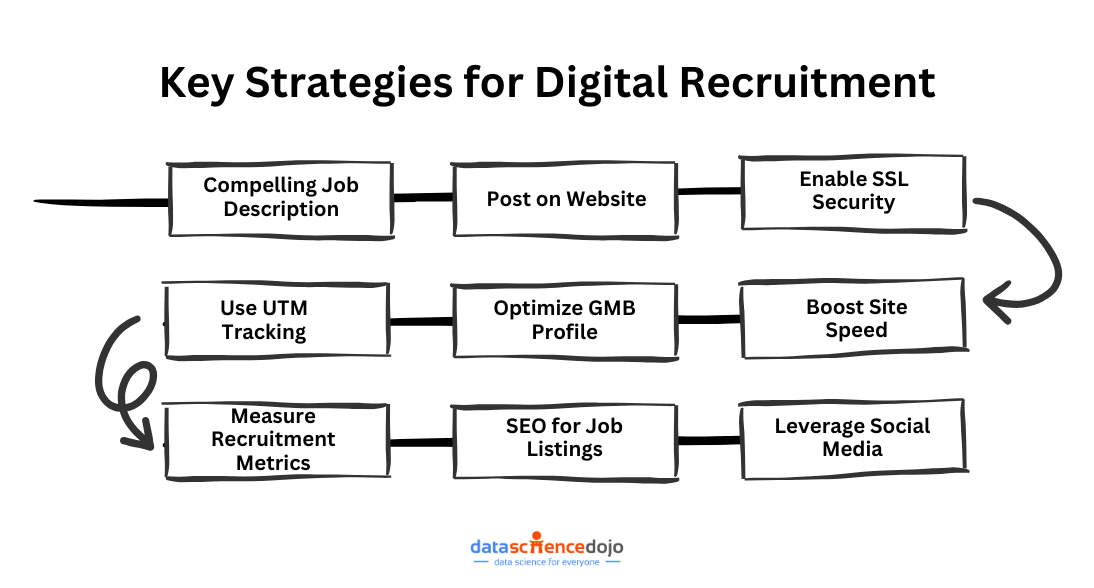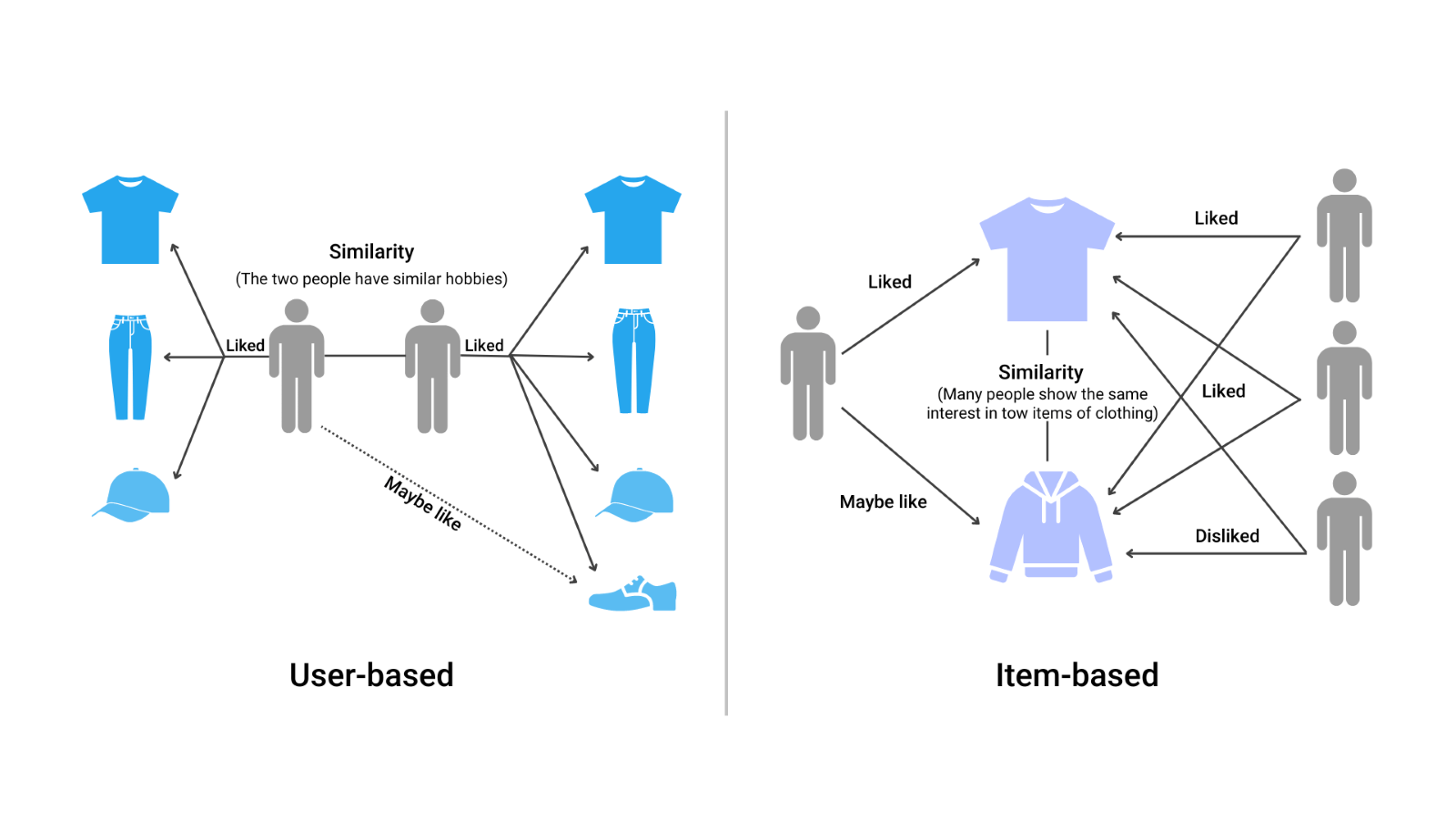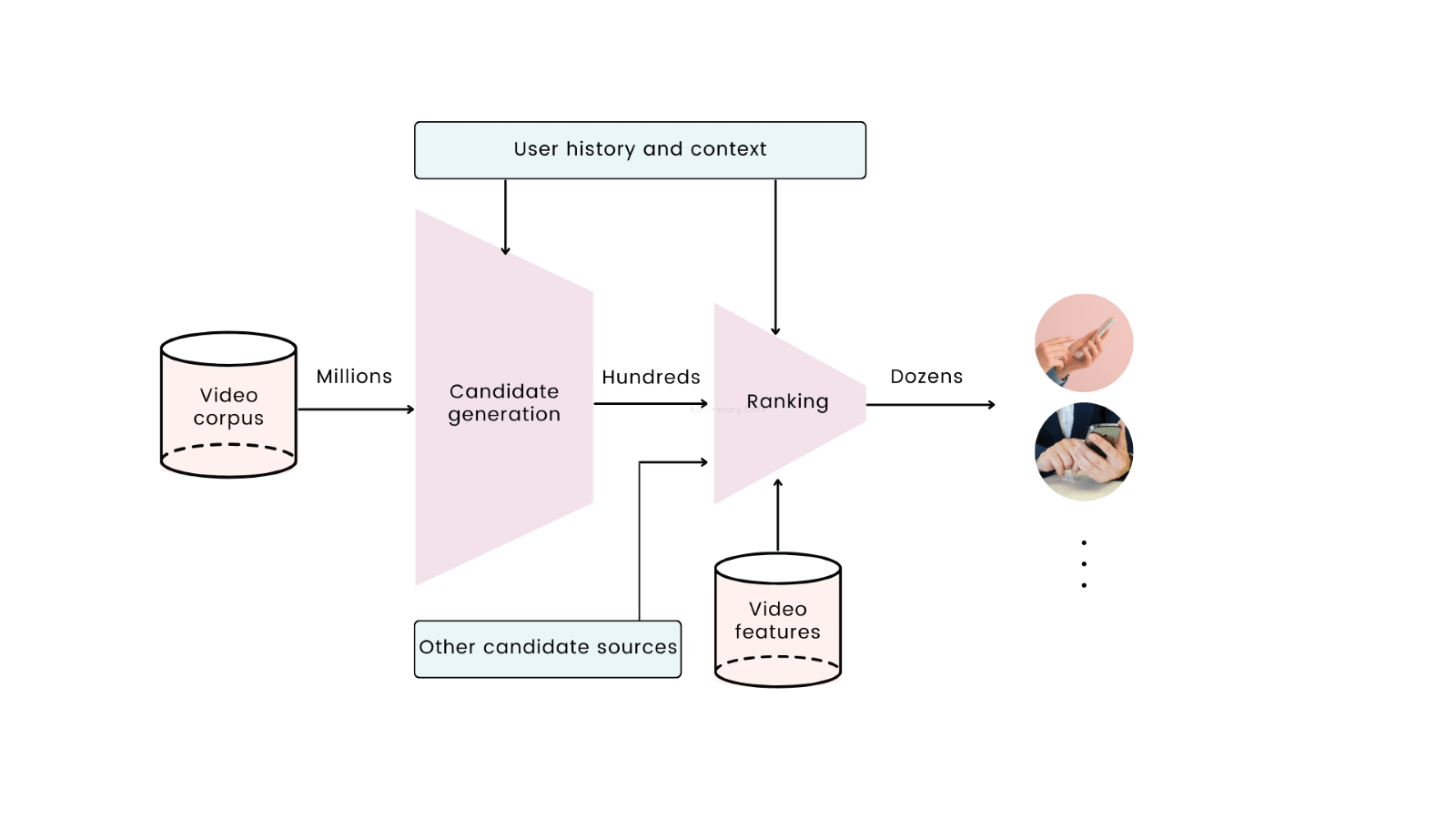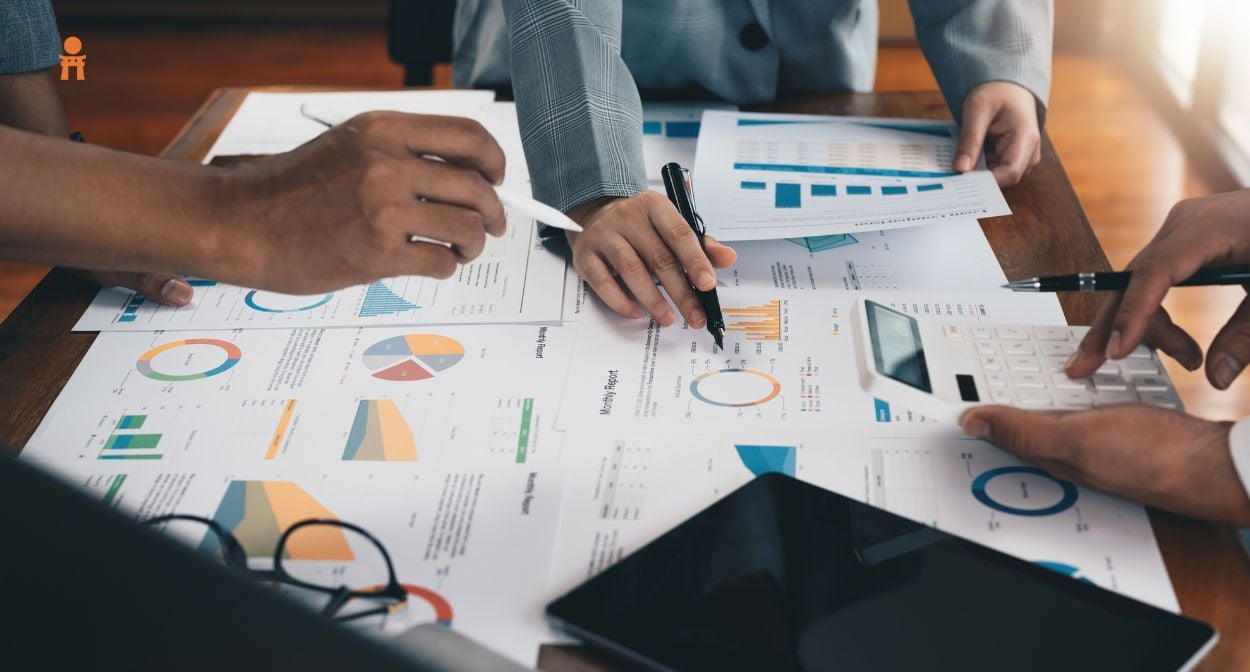In the ever-evolving landscape of social media, once again our attention is captured with its groundbreaking innovation – ‘Snapchat Dreams,’ a foray into the captivating realm of Generative Artificial Intelligence (AI). This leap forward not only demonstrates Snapchat’s commitment to staying at the forefront of technological advancement but also opens up a world of creative possibilities for its users.
Snapchat Dreams is a new feature that allows users to create and share their own dreamscapes using generative AI. This means that users can create their own avatars, backgrounds, and objects, and then see them come to life in a realistic way. Dreams can be used to express oneself creatively, tell stories, or simply have fun.
Gen Z is known for its creativity and its love of new technologies. Dreams are a perfect platform for these young people to express themselves and explore their imaginations. With Dreams, Gen Z can create anything they can dream of, from fantastical worlds to realistic simulations.
1. A Glimpse into Dreams: What is Generative AI?
Generative AI, often likened to the creative engine of the digital world, forms the heart of Snapchat’s Dreams. It’s like a wizard’s palette that conjures digital art and content, providing an enthralling merger of technology and imagination.
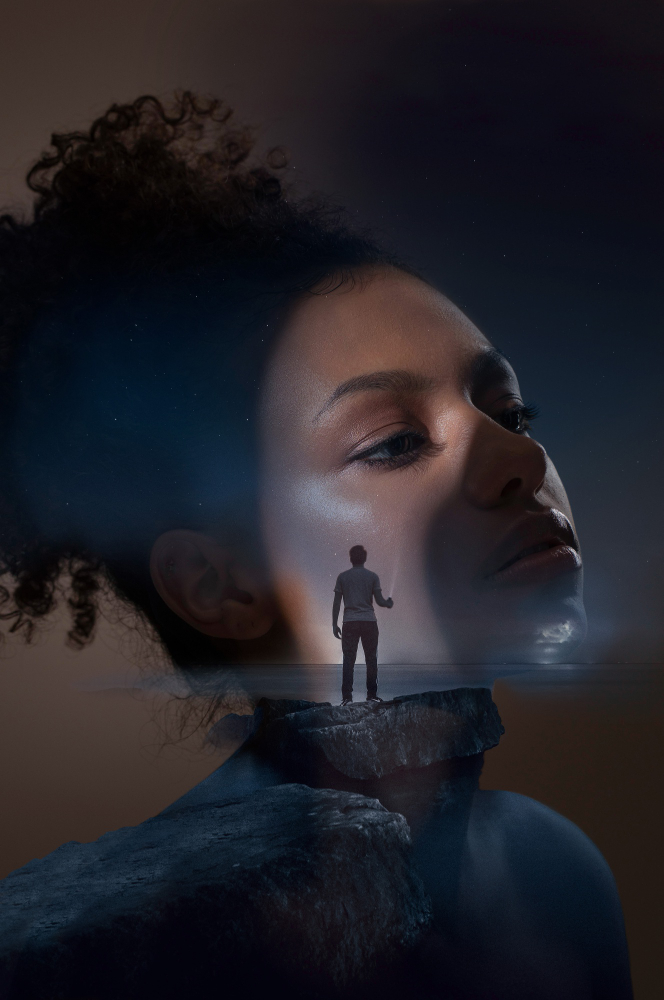
-
The artistry of AI generation
Generative AI, in essence, is akin to an artist who crafts something new, surprising us at every stroke. This technology enables computers to autonomously produce content, be it images, videos, or even music. Much like a painter’s brush, Generative AI brushes pixels across the canvas of innovation.
-
How “Dreams” came to life
Snapchat’s Dreams is not a mere add-on; it’s a realization of dreams itself. A dedicated team of engineers and artists worked tirelessly to infuse life into this technology. Imagine the blending of an orchestra of algorithms and a symphony of creativity.
2. Unveiling “Dreams”: What makes it captivating?
Snapchat’s Dreams isn’t just a bunch of lines of code; it’s a peek into the future. Here’s what sets it apart:
-
Seamless user experience
Dreams doesn’t require users to have a Ph.D. in computer science. It’s designed with simplicity in mind, making it user-friendly and accessible to everyone, whether you’re a tech-savvy millennial or someone who only recently embraced smartphones.
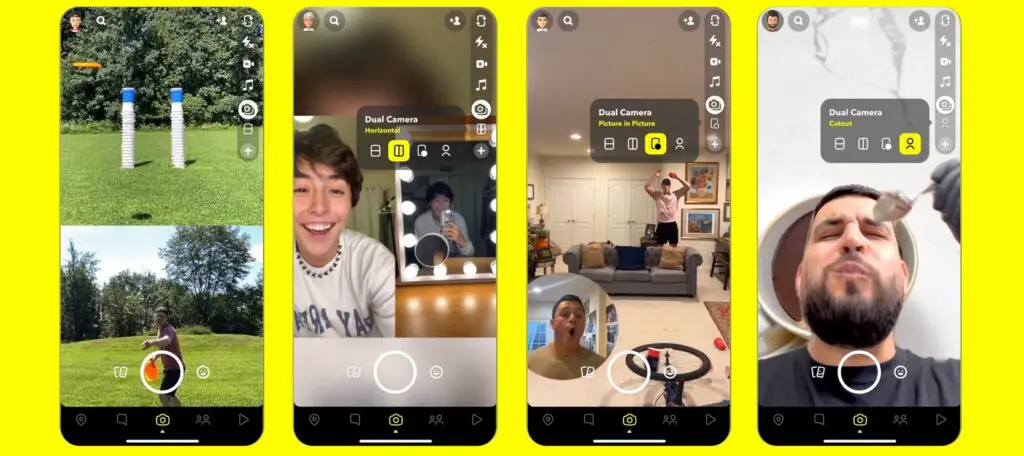
-
Fueling creativity
Remember those art classes where the teacher encouraged you to let your imagination run wild? Dreams is that art class for the digital age. It provides tools and features that amplify your creativity, letting you transform mundane photos into awe-inspiring visual narratives.
-
A new era of personalization
Snapchat understands that personalization is the key to capturing attention in the digital era. With Dreams, you’re not just creating content; you’re crafting experiences that resonate with your audience on a personal level.
Read about –> AI driven personalization in Marketing
3. Riding the “Dreams” wave: Practical applications
Dreams isn’t just about pixelated dreams; it is about turning the intangible into the tangible. Let’s explore its real-world applications:
- Revolutionizing digital marketing
Marketers, hold onto your hats! Dreams offers an innovative channel to engage your audience. Imagine presenting your product through a mesmerizing AI-generated visual story – a story that not only sells but leaves an indelible mark on the viewer’s mind.
- Redefining social interaction
Snapchat has always been a pioneer in redefining how we connect with others. With Dreams, your snaps aren’t just snapshots; they’re pieces of your imagination that can spark conversations, laughter, and inspiration.
- Fostering artistic collaboration
Dreams bridge the gap between artists and technology. Collaborative projects can now seamlessly merge the imaginative minds of artists with the computational wizardry of AI, giving rise to artworks that were once confined to the realms of dreams.
4. Ethical considerations: The power and responsibility
As we immerse ourselves in the captivating embrace of Dreams, it’s imperative to consider the ethical facets:
-
Navigating copyright and ownership
While Dreams empower creativity, they also raise questions about intellectual property. Who owns the AI-generated content – the user, the developer, or the AI itself? Snapchat’s ethical compass is being tested as it navigates these uncharted waters.
Read more about –> No copyright claim on AI generated art – US court ruling
-
The mirage of authenticity
Dreams’ ability to craft convincing content blurs the line between real and synthetic. As consumers, how do we ensure that what we see is indeed rooted in reality? The responsibility to maintain transparency falls on both developers and users.
5. The road ahead: Dreams and beyond
Dreams marks a monumental step, but it’s not the final destination:
-
Continuous evolution
Snapchat’s commitment to innovation means that Dreams is a canvas that will keep evolving. New features, improved algorithms, and enhanced experiences will transform the way we interact with technology.
-
A catalyst for industry-wide transformation
Snapchat’s Dreams isn’t just about Snapchat. It’s a signal to the tech world that generative AI is ready to take center stage, promising to revolutionize industries beyond social media – from entertainment to healthcare.
-
Unleashing human potential
In the world of Dreams, humans and machines coalesce to create magic. As generative AI amplifies our creativity, it doesn’t replace us – it empowers us to dream bigger, create better, and reimagine reality.
Here are some specific ways that Snapchat Dreams can be used as a creative playground for Gen Z:
- Storytelling: Dreams can be used to create interactive stories that allow users to explore different worlds and scenarios. This could be a great way for Gen Z to tell their own stories or to experience the stories of others.
- Art: Dreams can be used to create all sorts of art, from paintings and sculptures to music and movies. This could pave a way for Gen Z to express their creativity and share their unique perspectives.
- Fashion: Dreams can be used to create custom clothing and accessories for avatars. This could make it possible for Gen Z to experiment with different styles and express their personal identities.
- Design: Dreams can be used to design furniture, homes, and other objects. This could be a great way for Gen Z to learn about design and create their dream spaces.
- Gaming: Dreams can be used to create games that are both fun and creative. This could be a feasile way for Gen Z to develop their gaming skills and share their games with others.
Do you have these questions about Snapchat Dreams?
Q1: Is Dreams available to all Snapchat users? A: Yes, Dreams is designed to be accessible to all Snapchat users, regardless of their tech proficiency.
Q2: Can Dreams be used for business marketing? A: Absolutely! Dreams offers a novel way for businesses to engage audiences through captivating AI-generated content.
Q3: Does Dreams work on all devices? A: Currently, Dreams is optimized for smartphones and may have varying functionality on different devices.
Q4: How does Snapchat address AI-generated content ownership? A: Snapchat is actively working on establishing ethical guidelines to address ownership and copyright concerns related to AI-generated content.
Q5: Can Dreams be used for serious artistic endeavors? A: Certainly! Many artists are already exploring Dreams as a tool for pushing the boundaries of their creativity and collaborating with AI.



